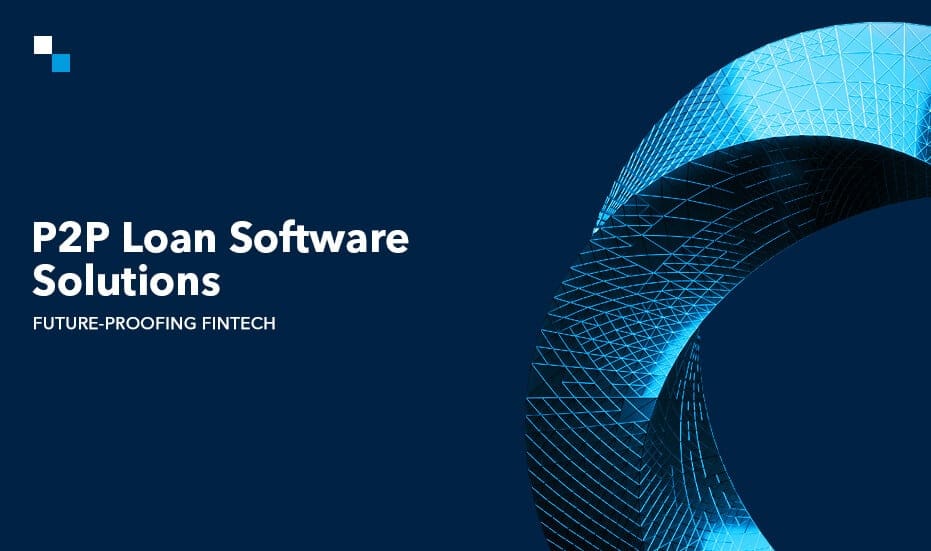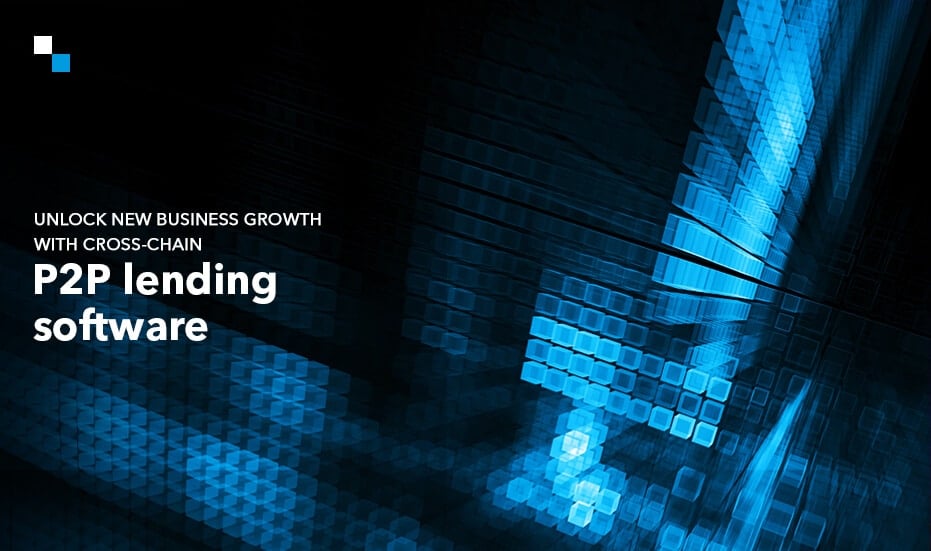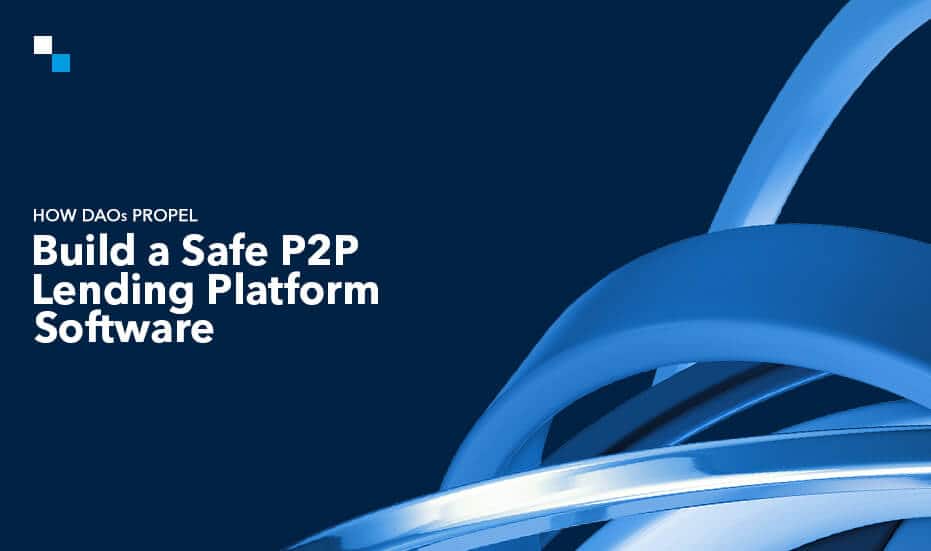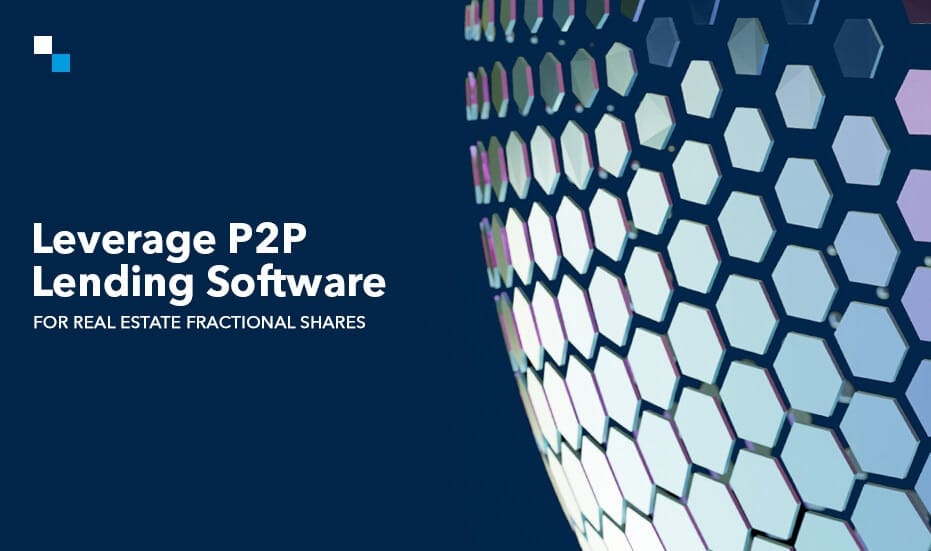
Solana Trading Bot Development Benefits in 2024: A Comprehensive Guide
June 7, 2024
What are Gold-Backed Tokens & Why Should You Invest In Them in 2024?
June 7, 2024The growth of the fintech sector has been consistent since its early stages. Some estimates suggest that by 2030, this will amount to a stunning $1.5 Trillion owing to the high demand for fast, efficient, client-focused financial services. Peer-to-peer lending technology is leading the way in these innovations. It is evident here that fintech organizations will gain more from disruptive technologies rather than traditional loan practices. Herein, let’s learn how Peer to Peer Loan Software development can benefit your FinTech firm in 2024.
How P2P Loan Software Development Fosters Fintech Success in 2024
If you are a fintech entrepreneur who understands the necessity of disrupting traditional ways to empower individuals, P2P loan software development services can be a reliable solution for you. Here’s why:
1. Decentralization of finance: Using peer-to-peer technology, you can eliminate intermediaries and connect borrowers and lenders directly, leading to:
- An Expanded User Base and Inclusiveness: Expand your client base to include individuals, without access to traditional banking services. You can also make micro-loans available to small enterprises.
2. Efficient operations and streamlining: You will save money on operations by automating many repetitive procedures using P2P Loan Software, as seen below:
- Automated Loan Processing: AI-powered algorithms can help with credit rating, risk assessment, and loan origination. This shortens processing time and eliminates manual errors, allowing your staff to focus on customer service and platform development.
3. Scalability and Growth: Peer to peer loan software platforms are inherently scalable since they can handle increasing transaction volumes as the number of users grows. Here’s why:
- Cloud-Based Solutions: P2P lending software includes cloud infrastructure that expands automatically to meet the changing demands. This helps prevent costly hardware changes.
4. Flexible Architecture: P2P lending systems are very adaptable to various kinds of interest rates, loans as well as risk profiles, thus enabling you to meet changing market needs and expand the range of your products.
5. User Experience Enhancement: A P2P loan software platform that is easy to use helps in building trust and loyalty amongst borrowers and lenders.
6. Competitive advantage and innovation: Adopt P2P technology to stay ahead of the curve in financial innovation. Here’s how you can make your fintech company truly stand out:
- Unique Features: Increase user-friendliness by leveraging unique tools such as AI-powered credit scoring systems, and gamification features in your platform to always stay ahead of the competition.
- Faster Loan Approvals: Offer faster loan approvals than traditional lenders, enticing customers looking for immediate access to financial resources.
P2P loan software development is more than just building a platform; it is about developing a thriving financial ecosystem. Harness these advantages for your fintech business to create a more equitable financial environment, hence cultivating a strong user base.
Key Considerations for P2P Loan Software Development
The following are some major aspects that fintech entrepreneurs who want to outsource the development of P2P loan software must consider when looking for a development partner:
Selecting the Ideal Developers:
- Experience in Fintech: Look for a developers’ team that has worked on fintech solutions, particularly concerning peer-to-peer loan software lending platforms, and fully grasps its essence, the challenges involved in it, and how to deal with them.
- Transparency and Communication: Find a service provider who will keep an open line of communication between you two and promote teamwork.
- Regular status updates, establishment of communication channels, and the implementation of a well-defined development roadmap are all critical elements for guaranteeing a smooth process.

Clearly defined requirements and scope:
- Provide Detailed Specifications: Before outsourcing, clearly document your p2p loan software platform’s functionalities, features, and desired user experience (UX). This includes outlining the loan application process, risk management protocols, user roles, and regulatory compliance requirements.
- Scalability and Future Needs: Consider your platform’s growth potential. Partner with a development team that can design a scalable architecture to accommodate future user base expansion and feature additions.
The Future of peer to peer loan software development and the role of AI And ML
When it comes to P2P lending, the most significant progress is expected to be achieved through the application of AI and ML, which will not only improve efficiency, and security but also user experiences.
This way, these technologies will impact P2P lending in the future:
- Improved Risk Assessment and Credit Scoring:
With the utilization of AI algorithms, it would be possible to assess numerous data sets, such as cash flow trends or social media activities, other than traditional credit scores. This creates more detailed borrower profiles enabling lenders to make informed decisions hence reducing risks.
- Tailored Loan Recommendations:
Harnessing Artificial Intelligence and Machine Learning will result in easier loan customization, as per borrowers’ financial status and creditworthiness. In addition, ML will lead to improved loan-matching processes with potentially lower interest rates for eligible borrowers.
- Automated Fraud Detection and Prevention:
AI-driven systems for finding fraud can monitor customer behaviors and then flag any suspicious transaction in real time. This will enhance peer to peer loan software platform security for peer-to-peer lending and protect both borrowers and lenders from fraud.
- Automated Loan Management and Recovery:
Machine learning algorithms enable automated loan management processes including repayment schedules, late payment notifications, and collection procedures. These increase customer support availability while also improving operational efficiency.
- AI Conversational bots and Virtual Assistants:
The AI chatbot and virtual assistant provide a 24*7 customer service facility answering questions raised by users as well as helping lenders or borrowers make their way through the platform easily.
The Bottomline
Innovation and AI/ML are giving peer-to-peer lending a promising future. Fintech innovators will therefore be able to build a user-empowering platform that fosters financial inclusion and redefines lending. However, developing such lending platforms requires experience in safe, scalable peer-to-peer financing systems. Here’s where Antier comes into play. Our highly qualified fintech developers have the knowledge and experience to make your unique P2P lending business concept a reality. We will collaborate with you to establish a secure, user-friendly platform employing cutting-edge technologies such as AI and ML. Join hands with us to streamline your fintech business operations. Want to embark on your P2P loan software development journey? Contact our professionals today and enter the world of fintech with zero hassle.



